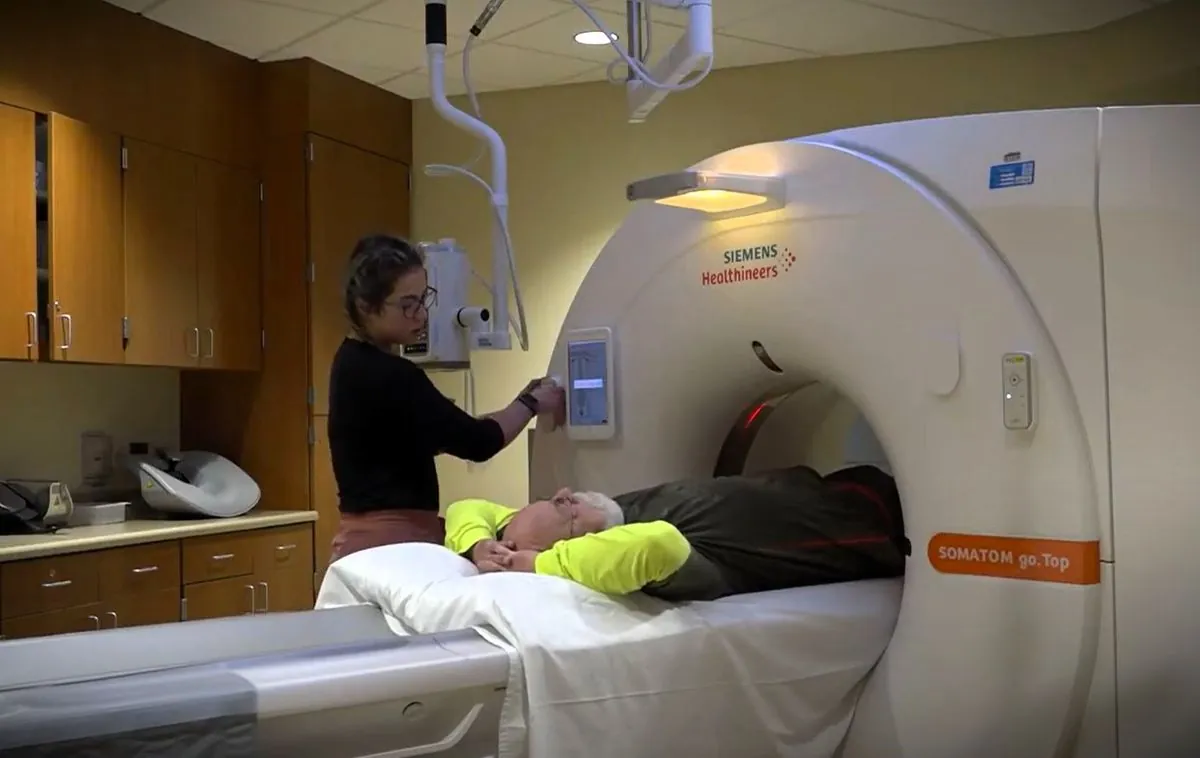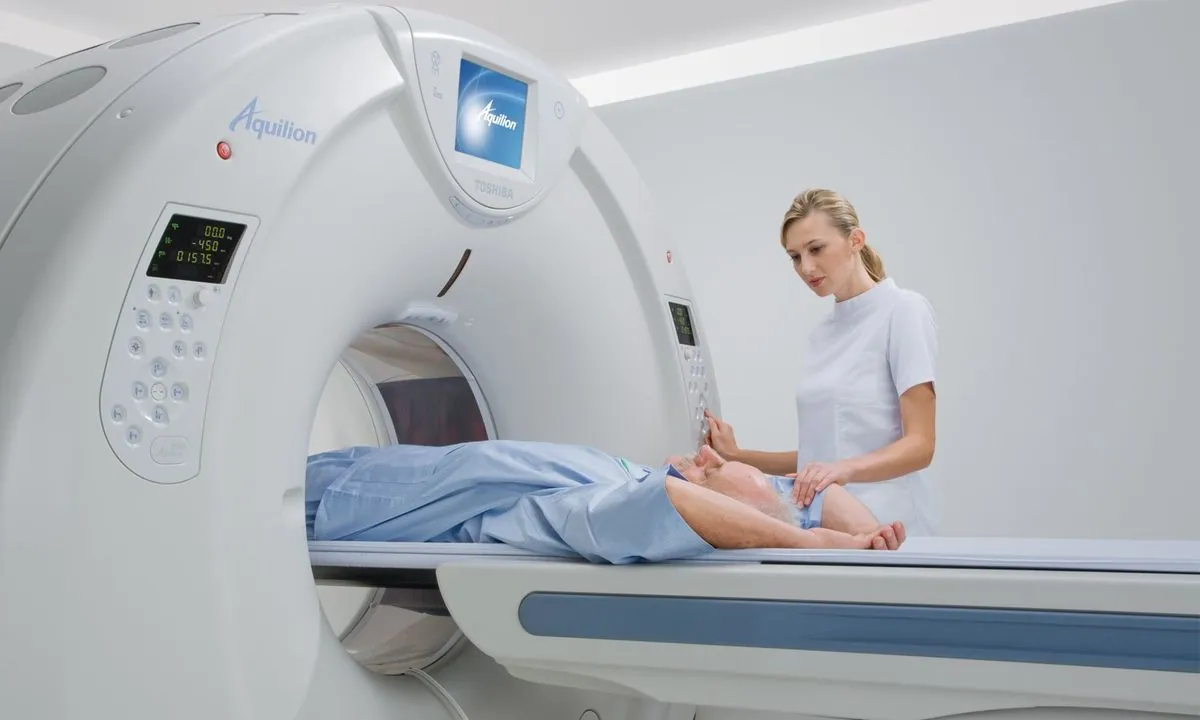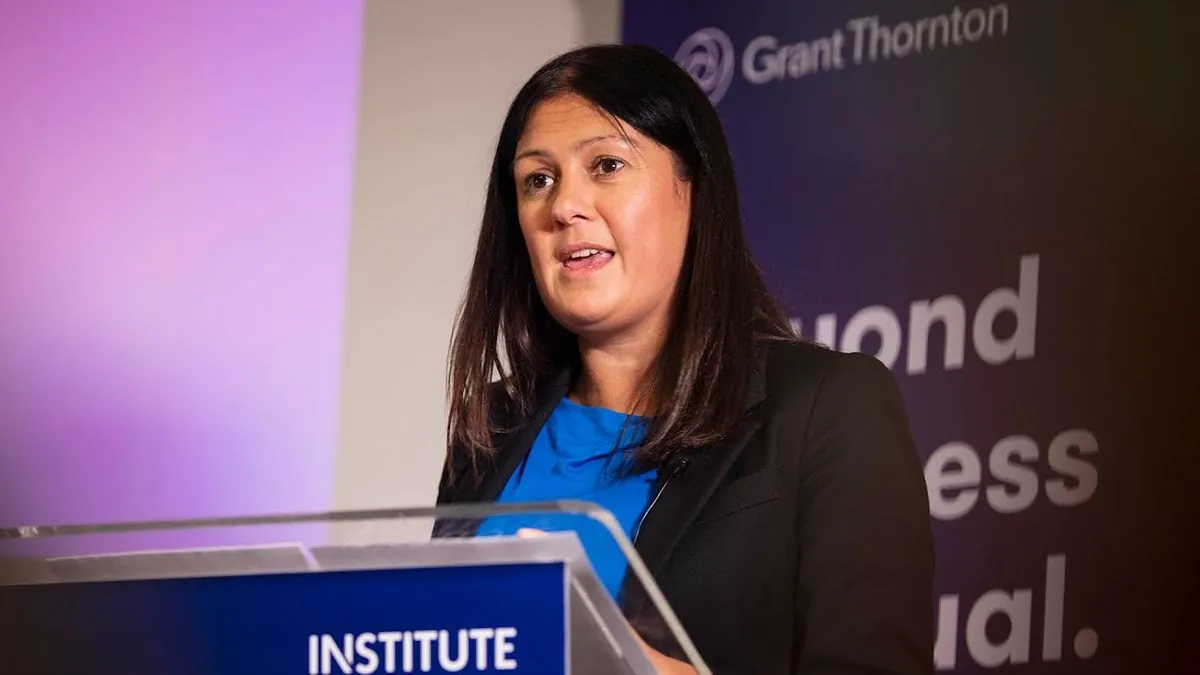Study Reveals Overuse of Medical Scans in Elderly Patients' Final Months
Research indicates excessive medical imaging for elderly NHS patients nearing end of life. Study suggests doctors' reluctance to discuss death and patient expectations contribute to unnecessary procedures.

A recent study published in the BMJ Supportive & Palliative Care journal has shed light on the overuse of medical imaging in elderly patients during their final months of life. The research, conducted approximately 2 years and 8 months ago, analyzed the medical records of 96 NHS patients with an average age of 88 at the time of death.
The study revealed that these patients underwent a total of 679 radiological procedures in the six months preceding their deaths. This included 389 x-rays, 192 CT scans, 92 ultrasound scans, and 6 MRI scans. Notably, more than a quarter of the patients received over 10 separate scans during this period, equating to nearly one scan every other week.

Researchers from Ashford and Saint Peter's Hospitals NHS Trust in Chertsey, Surrey, suggested that this excessive scanning might be attributed to healthcare providers' reluctance to discuss end-of-life care. They emphasized that recognizing when a patient is approaching death and managing subsequent conversations is crucial in avoiding over-investigation.
"These results raise questions regarding the real benefit of radiological investigations in this patient cohort. It has been estimated that between 20 per cent and 50 per cent of high-tech imaging scans did not provide additional information to improve patient outcomes."
The study also highlighted potential motivations behind these frequent scans, including fear of legal repercussions and patient expectations. This phenomenon aligns with the concept of "defensive medicine," which emerged in the 1970s and has since influenced medical practices.
It's worth noting that medical imaging technologies have evolved significantly over the past century. X-rays, discovered by Wilhelm Röntgen in 1895, paved the way for modern diagnostic tools. CT scans were first used on patients in 1971, while MRI technology developed in the 1970s and 1980s, with the first commercial MRI scanner installed in 1983.
The researchers expressed concerns about the risks and costs associated with excessive scanning. These procedures can cause stress, require sedatives, and prolong hospital stays, potentially increasing the risk of infections and falls. Moreover, the estimated cost for these scans amounted to approximately £102,000 for the 96 patients studied.
This study raises important questions about end-of-life care and resource allocation within the NHS, which was established in 1948. As the UK's population aged 85 and over is projected to double over the next 25 years, addressing these issues becomes increasingly crucial.
The findings underscore the need for improved communication about death and dying in healthcare settings. This aligns with the development of palliative care, a term coined in the 1970s by Canadian physician Balfour Mount, and the establishment of the first UK hospice by Dame Cicely Saunders in 1967.
As medical professionals and policymakers consider these findings, it's essential to balance diagnostic thoroughness with patient comfort and resource management. The UK's National Institute for Health and Care Excellence (NICE), established in 1999, may play a role in developing guidelines to address this issue.
Ultimately, this study highlights the importance of thoughtful, patient-centered care for elderly individuals in their final months, emphasizing the need for open discussions about end-of-life expectations and appropriate medical interventions.


































